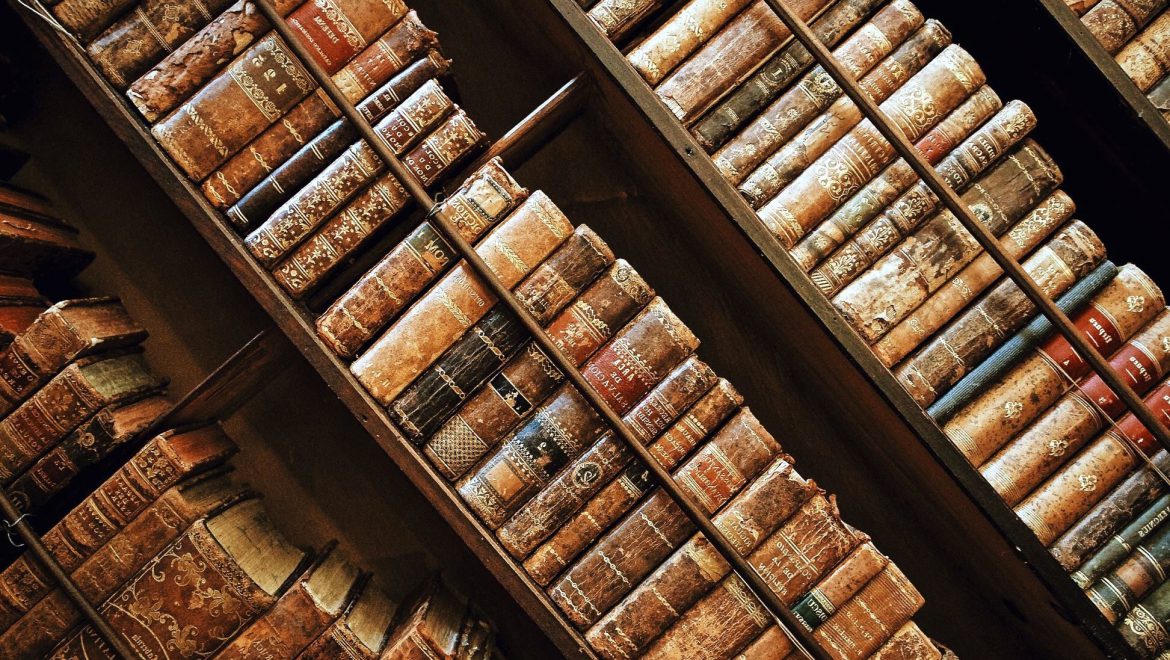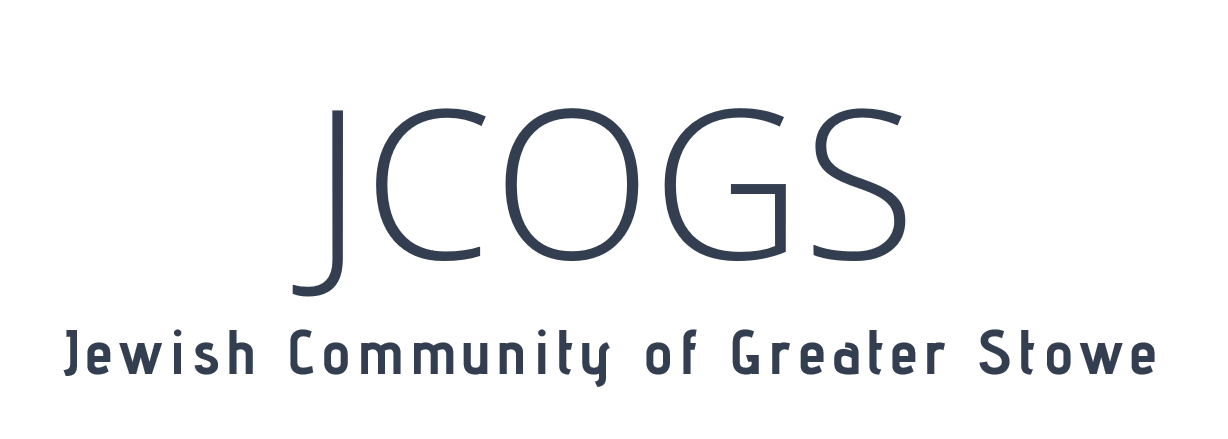
This is a highly technical article about the laws of lighting Shabbat candles according to Orthdox halacha, meant for those who are familiar with Jewish legal terminology in Hebrew. It presents the candle-lighting blessing in transliteration, and as is the custom in some Orthodox circles, substitutes “hashem elokeinu” to avoid writing or pronouncing the name of God when not actually making a blessing. It gives relatively detailed answers to such questions as how many, where, when and by whom Shabbat candles should be lit and from what candles can be made. Citations of traditional Jewish legal resource texts are provided in the original version of the article on Halachipedia, a comprehensive online resource of practical Orthodox Jewish law.
The Laws of Shabbat Candles
There’s an obligation upon every household to have a candle lit for Shabbat. There is a discussion whether lighting Shabbat candles is part of the mitzvah of Kavod Shabbat or Oneg Shabbat. Either way, lighting Shabbat candles is a derabbanan mitzvah.
Bracha
The Bracha recited when lighting the Shabbat candles is “Baruch Ata Hashem Elokeinu Melech Haolam Asher Kidishanu Bimitzvotav ViTzivanu LeHadlik Ner Shel Shabbat.
The order of candle lighting
1. The Ashkenazi practice is to say the Bracha of Hadlakat Nerot after lighting the candles. However, according to Sephardim, many poskim say that women should say the Bracha before lighting, however, some say that those who have the practice of saying it after lighting should continue their practice, and if a woman dones’t have a practice, she should say the bracha before lighting.
2. A man should have the match ready in hand, make the bracha, and then light the candles; however, women should light the candles, and then make the bracha while covering her eyes or the flame so as not to benefit from the light.
3. The practice is the women says a prayer for her children grow to become Torah scholars.
How many candles?
1. The minimum requirement is to have one candle. However, the minhag is to have two candles.
2. Some have the minhag to have 7 candles and some have the minhag to have 10 candles.
Where to light
1. If one is staying in a hotel for Shabbat, some say that one should light an incandescent bulb with a bracha in one’s private room. This may be done even if the light is in a closet or in the bathroom, however, if one lights in the bathroom, the bracha should be made outside the bathroom. However, if this option isn’t possible, one should light in the dining room so that people can derive benefit from it, but one may not light with a bracha in a place that no one will get benefit from the candles.
2. There is a dispute whether one can light Shabbat candles in a place that is already lit up with electric lights. Therefore, some say that one should turn off the electric lights, turn them back on for the sake of Shabbat, light the regular candles, and then say the bracha. Others say to turn off the lights, light the regular candles, and then turn on the electric lights.
Women and candle lighting
1. The obligation is greater upon women in the house than the men. If the man and woman both want to light, preference is given to the women.
2. However, the obligation of setting up the wicks and oil should be done by the men of the house.
3. The minhag is that the husband of a woman who gave birth that week, lights Shabbat candles for his wife.
Obligation of a Guest
1. A guest who comes to someone else’s house for Shabbos and isn’t eating meals at their host’s house, if he has someone lighting for his at home, such as a wife or mother, if he has his own room, he should light in his room. If he doesn’t have his own room, he is exempt from lighting.
2. A guest who comes to someone else’s house for Shabbos and is eating meals at their host’s house, if he has his own own room, he should light with a bracha in his room. However, if he doesn’t have his own room he is exempted with the lighting of the host.
Hadlakat Neirot Shabbat in Yeshiva
1. Some say that a yeshiva student whose mother is lighting Shabbat candles at home need not light Shabbat candles at Yeshiva as long as there is enough light in his room for his needs. Others, however, hold that a yeshiva student is obligated to light at yeshiva.
2. According to those who say a yeshiva student is obligated to light in yeshiva, some say that one student should light in the cafeteria on everyone’s behalf and everyone else turns on a light in his room according to his needs without a bracha. Others argue that each student should light in his own room with a bracha.
3. If a yeshiva student eats the Friday night meal at someone’s house and not the cafeteria, according to those that he usually fulfills his obligation with the lighting in the cafeteria, this week he wouldn’t fulfill his obligation with the lighting in the cafeteria, rather according to some one fulfills his obligation with the lighting of the family that he is eating at. According to Sephardim, he should light in his dorm with a bracha and make sure that it stays lit until he returns from the meal so that he can benefit from the candles.
4. The halachot for a girl living in a dorm at seminary is the same as for a boy living in a dorm at yeshiva in regards to Hadlakat Neirot.
Time to light candles
1. One should light Shabbat candles a “short hour” before Shekiyah each place according to its minhag. If there’s no minhag in that place, one should light a half hour before shekiyah or at least 20 minutes.
2. One should make sure to light close to Shabbat so that it’s recognizable that one is lighting for Kavod Shabbat, however, if one accepts Shabbat early one may light as early as Plag HaMincha.
What should be used for candles?
1. Even though all oil that is drawn after wick is kosher for Shabbat candles, it’s preferable to use olive oil.
2. If one can’t get olive oil, one should use wax or paraffin candles.
3. If one can’t get oil or wax candles at all one should turn on the electric lights with a Bracha.
4. It’s preferable to light with olive oil, if one doesn’t have olive oil, the next best is all other oils that burn with a clear flame, and lastly, wax candles are also acceptable.

